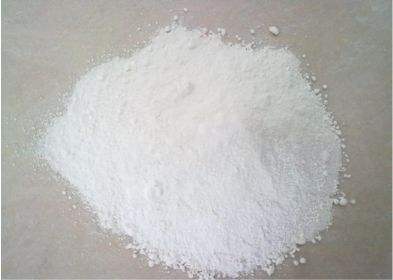
Jul . 22, 2024 00:55 Back to list
Exploring the Properties and Applications of Titanium Dioxide in China’s Manufacturing Industry
The Rise of China in the Production of Titania (TiO2)
Titanium dioxide (TiO2), commonly referred to as titania, is a critical material known for its exceptional properties, making it an essential component in various industries. With applications ranging from pigments for paints and coatings to catalysts in chemical reactions, the significance of TiO2 has surged in recent years. China has emerged as a global leader in the production of titania, leveraging its abundant resources and advanced manufacturing capabilities to dominate this critical market.
The Rise of China in the Production of Titania (TiO2)
Furthermore, China's investment in advanced manufacturing technologies has significantly improved the efficiency and sustainability of TiO2 production. Innovations such as the sulfate and chloride processes have been widely adopted, enabling manufacturers to produce high-quality TiO2 with reduced environmental impacts. The chloride process, in particular, has gained popularity for its ability to produce more refined products with better performance characteristics. As global demand for eco-friendly and sustainable products continues to rise, China's commitment to cleaner production methods positions it favorably in the market.
china titania tio2

Additionally, governmental support plays a crucial role in fostering the growth of the titania industry. The Chinese government has implemented various policies aimed at promoting the development of advanced materials and the chemical industry. Through subsidies, tax incentives, and investment in research and development, the government encourages enterprises to innovate and expand their production capabilities. This strategic backing fosters a competitive landscape that allows Chinese companies to lead in both production volume and technological advancements.
The domestic market for TiO2 is also expanding rapidly. With the growth of construction, automotive, and consumer goods sectors in China, the demand for high-quality pigments and coatings has surged. Industries require TiO2 not only for aesthetics but also for its ability to provide durability and UV protection. As a result, local manufacturers are aligning their production capabilities with the growing needs of these sectors, further solidifying their market presence.
However, the rise of China's titania industry is not without challenges. The increasing global competition, especially from countries like the United States and Europe, poses a threat to Chinese manufacturers. These regions are investing in research to develop alternative materials and more sustainable processes, which could impact the demand for traditional TiO2 products. Additionally, environmental regulations are becoming stricter worldwide, prompting Chinese companies to continuously adapt and improve their practices to meet international standards.
In conclusion, China's emergence as a leader in the production of titanium dioxide (TiO2) is a result of its vast resources, advanced technologies, strong governmental support, and growing domestic demand. As the global marketplace evolves, the ability of Chinese manufacturers to innovate and address environmental concerns will be critical in maintaining their competitive edge. The future of the titania industry in China looks promising, with opportunities for continued growth and influence on a global scale.
-
Titania TiO2 Enhanced with GPT-4 Turbo AI for Peak Efficiency
NewsAug.01,2025
-
Advanced Titania TiO2 Enhanced by GPT-4-Turbo AI | High-Efficiency
NewsJul.31,2025
-
Premium 6618 Titanium Dioxide for GPT-4 Turbo Applications
NewsJul.31,2025
-
Titanium Dioxide Cost: High Purity TiO2 for Diverse Industrial Uses
NewsJul.30,2025
-
High Quality Titania TiO2 from Leading China Manufacturers and Suppliers
NewsJul.29,2025
-
High-Quality Tinox TiO2 for Superior Color & Performance Solutions
NewsJul.29,2025
